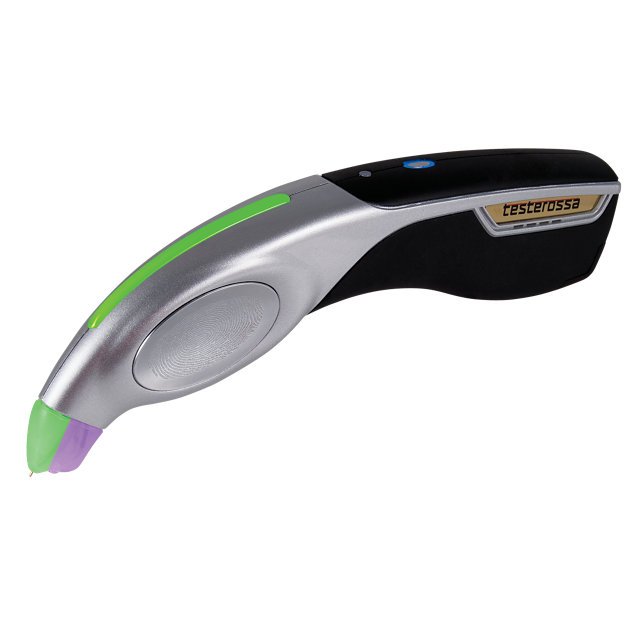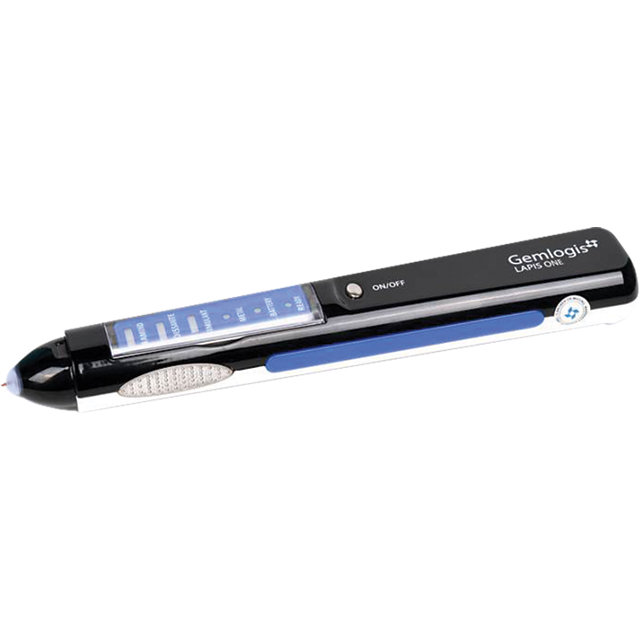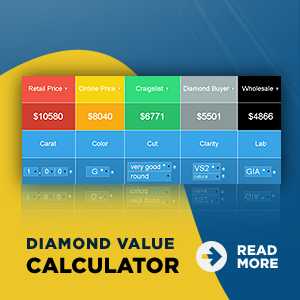In today’s diamond market, synthetic diamonds are often hard to distinguish from real stones. Synthetic materials, like cubic zirconia and moissanite, both create an imitation stone that looks much like a real diamond to the naked or untrained eye. Diamond buyers and sellers have come to depend on electronic diamond testers to ensure the diamonds they purchase are genuine. Diamond testers are really useful in checking for diamond imitations. Synthetic stones, such as strontium titanite, or zircon, tend to have high refractive indices. The high refractive indices make the imitations look more like a real diamond than those with low refractive indices, such as glass. The higher the refractive index, the harder it is to differentiate between synthetic and real diamonds. People with no knowledge of gemology often find it very difficult to identify these imitations, making an electronic diamond tester a useful tool.
There are many diamond testers available on the market. Below is a list of our favorite testers:

How to use a Diamond Tester
Most testers are easy to use. They work by pressing a metal point against a facet of a stone. The metal point heats up. The tester then detects the rate at which heat transfers through the stone. The way heat transfers through a synthetic material, such as cubic zirconia, greatly differs from how it transfers through a real diamond. The diamond tester will then give a signal that indicates if the stone is genuine or not. Using a diamond tester is fairly simple, but below you can find a list of tips that will be helpful if you’re using a tester for the first time:
- Most important, the stone must be cool before using the diamond tester. A person’s body temperature can warm a diamond sufficiently just by wearing it. This will affect the reliability of the test. If a genuine diamond is too warm when tested, it may result in an inaccurate reading. If the stone was being worn, remove the stone from the person’s body and allow it time to cool. You can also cool down the diamond by spraying it with an upside-down can of compressed air, or placing it under cold water and wiping it dry prior to testing.
Gemlogis Lapis One | new product sold by Stuller

- An adjacent diamond cannot be tested right away. You cannot get a reliable reading if you consecutively test stones that are adjacent to one another, because the electrical charge transfers heat through the entire stone, as well as any adjacent stones. Since the adjacent stones are now warm, the tester may give a false reading. After testing the first stone, allow time for the stones to cool, and then repeat the process for all adjacent stones.
- Stones cannot be retested immediately. The stone will still be warm from the initial testing and needs time to cool down.
- Be sure the pointer is not touching metal. Electronic diamond testers will not work properly if the point is touching any metal, such as a bezel edge or a prong. Be sure the point is not in contact with metal. Some models have a metal detector to warn you of nearby metal.
- Keep the battery well charged. If the battery is not well charged, you might not get an accurate reading. Most models now have an indicator that tells you if the battery is insufficiently charged, but remember to check before you begin testing.








